Light therapy, also known as phototherapy, has emerged as a versatile treatment for a variety of medical and cosmetic conditions. From soothing seasonal depression to healing skin ailments, the use of specific wavelengths of light has proven effective in numerous contexts.
What is light therapy?
Light therapy is using a certain wavelength of light to achieve a certain therapeutic outcome. Light therapy is used to treat everything from depression, to skin conditions, to cancer. The different wavelengths of light that are commonly used and have been shown to produce effects on the human body are:
- Ultraviolet light (UV)
- Blue light
- Red light
- Infrared light
Visible light is only a small part of what is called the electromagnetic spectrum, the entirety of which also includes wavelengths such as UV light and infrared light. So infrared light is very close to red light, but with longer wavelengths, making it invisible to the human eye and allowing it to penetrate deeper into the skin and muscle tissue. The type of electromagnetic radiation is determined by its wavelength.
Bright Light Therapy for Seasonal Affective Disorder (SAD)
Light therapy, also known as phototherapy and bright light therapy, is a therapy used to treat a variety of mental health conditions. Primarily, it's used to treat a common type of depression called seasonal affective disorder (SAD), which is also known as the winter blues or seasonal depression. There are so many benefits to getting sunlight and it can have a huge impact on our mental health, but unfortunately it's difficult to get enough sunlight when we need it due to different factors, including the change of seasons and shorter days,Since a light therapy box mimics natural sunlight, it's a great tool to utilize and I recommend many of my clients to consider adding it to their toolbox.
Bright light therapy can treat non-seasonal depression as well. The doctor may have you take a medication along with the treatment. A typical session in front of a light box is about 30 minutes a day. A light box can also help reset your sleep/wake cycle. The device mimics outside visible light without using harmful UV light. Studies show that having natural, outdoor-like light during the day in rooms of people with dementia can help them sleep better and show less agitation.
LED Light Therapy for Skin Conditions
LED (light-emitting diode) light therapy is a non-invasive treatment that enters the skin’s layers to improve the skin. In the 1990s, NASA began studying LED’s effects in promoting wound healing in astronauts by helping cells and tissues grow. Today, dermatologists and estheticians commonly use LED light therapy to treat a range of skin issues. It comes in different types, including red light LED therapy and blue light LED therapy, which are sometimes used in combination.
Red light therapy is often touted as a cure-all for many different conditions and illnesses. Red light therapy (RLT) is a therapeutic technique that uses low level wavelengths of red light to help treat skin conditions, such as wrinkles and psoriasis. Red LED light therapy may reduce inflammation and stimulate the production of collagen, a protein responsible for younger-looking skin that diminishes with age. Blue LED light therapy may destroy acne-causing bacteria (P. acnes). During treatment, skin specialists may use a combination of lights to treat your specific issue. Yellow light penetrates deeper, reducing redness and soothing irritation, while green light may reduce the intensity and frequency of migraine headaches and help with overall skin tone.
People with any skin type and color can use LED light therapy. LED light therapy doesn’t use ultraviolet (UV) light, so it doesn’t cause damage or burns to your skin. It’s rare to experience side effects from LED light therapy. If side effects do occur, they may include increased inflammation or irritation, but these are typically mild.
Ultraviolet (UV) Light Therapy for Skin Disorders
Phototherapy, also known as light therapy, is a common form of treatment that uses bright, ultraviolet (UV) lights on your exposed skin. Phototherapy can treat several types of skin conditions, including psoriasis and eczema. There are different types of ultraviolet (UV) light, or ultraviolet radiation, that are part of the electromagnetic spectrum. The sun produces UV light that reaches the Earth. UV light helps you produce vitamin D, which is essential to help your body survive. Too much UV exposure can damage your skin. The UV light used in phototherapy is the same type of light emitted from the sun, but your provider will control the strength and monitor the length of time your skin is exposed to prevent damage.
UVB is present in natural sunlight and is an effective treatment for psoriasis. UVB penetrates the skin and slows the growth of affected skin cells. Treatment using UVB can include UVB phototherapy, excimer laser, or in-office or home UVB phototherapy. Narrow band UVB (nbUVB) uses a narrower range of UVB wavelengths. It can reach more specific areas, even skin folds. Broad band UVB cannot be used in areas where there are skin folds and requires approximately 3-5 treatments each week, while narrow band therapy requires 2-3 treatments each week.
PUVA — This UVA light treatment includes a medication called psoralen that is taken before treatment. It makes your skin more sensitive to the light. Psoralen can be taken as a pill or applied to the skin. PUVA treatments generally require about 25 treatments over a 2-3 month period. There is an increased risk of sunburn after PUVA treatment due to heightened sensitivity from the psoralen. It is important to protect your eyes from sunlight exposure for the next 24 hours to avoid cataracts after PUVA treatment.
Photodynamic Therapy (PDT) for Cancer and Skin Conditions
Photodynamic therapy (PDT) is a form of phototherapy using nontoxic light-sensitive compounds (photosensitizers) that are exposed selectively to light at a controlled wavelength, laser intensity, and irradiation time, whereupon they generate toxic reactive oxygen species (ROS) that target malignant and other diseased cells. Oxygen is thus required for activity, lowering efficacy in highly developed tumors and other hypoxic environments. Various cancer treatments utilizing PDT have been approved by the FDA. Treatments are available for actinic keratosis (blue light with aminolevulinic acid), cutaneous T-cell lymphoma, Barrett esophagus, basal cell skin cancer, esophageal cancer, non-small cell lung cancer, and squamous cell skin cancer (Stage 0).
In this therapy, low-power red laser light is used to activate a photosensitizer drug. The interaction creates a chemical reaction that destroys cells. It’s used to treat some skin conditions, including skin cancer and psoriasis, acne and warts, and other types of cancer. Selective apoptosis of diseased cells is difficult due to the radical nature of ROS, but may be controlled for through membrane potential and other cell-type specific properties' effects on permeability or through photoimmunotherapy.
Infrared Light Therapy for Pain and Healing
Portable Red Light Therapy Device is a treatment that may help skin, muscle tissue, and other parts of your body heal. It uses low levels of red light to target your skin and cells. It is thought to work by increasing the production of mitochondria, your cells' energy sources. This may improve cell function and repair. Red light therapy is also sometimes called low-level laser therapy, low-power laser therapy, or photobiomodulation. Red light therapy uses very low levels of heat and doesn’t hurt or burn the skin. Unlike the light used in tanning booths, it doesn’t expose your skin to damaging UV rays.
Infrared radiation comes in various types and is applied based on the issue at hand or the ailment, using different wavelengths and strengths. When an infrared light is beamed on a sore muscle, it increases circulation, thus aiding the human body in getting rid of metabolic wastes which have previously accumulated in the muscle. Research shows that red light therapy may be useful for relieving some types of pain, particularly pain due to inflammation.
Benefits of Infrared Light Therapy
Infrared light therapy has been shown to cause the following benefits:
- Improved sleep patterns
- Eased muscle tension
- Soothed joint pain
- More energy and less fatigue
- Better appearance of skin and cellulite
- Weight control and loss
- Less stress and more relaxation
Blue Light Therapy for Specific Conditions
Blue Light Therapy is a popular pain-free treatment procedure that uses light to treat certain health conditions. Blue Light Therapy turned into photodynamic therapy when it started utilizing a combo of light-sensitive drugs and a strong light source to activate them. As its name implies, Blue Light Therapy uses blue or violet lights only. It’s also important to understand that Blue Light Therapy is only effective for those body areas that the light can reach. In other words, Blue Light Treatment is only effective for conditions present on, or underneath, the skin surface.
Blue Light Therapy is mostly used to treat sun damage and prevent malignant skin cancer growth. Blue Light Therapy is effective in treating skin cancer as it kills the cancer cells and also activates an immune system defence against blood vessels feeding those cancer cells. Blue Light Therapy is also used to treat depression and anxiety. The American Academy of Dermatology has stated that therapies show significant promise in the treatment of acne since a lot of people have experienced remarkable improvements in the health of their skin after a few sessions.
WHAT IS LIGHT THERAPY USED FOR?
Light Therapy for Skin Care and Beauty
As we’ve seen, different light therapies can be helpful for different skin conditions, skin care, and beauty. However, since they are so closely related, it can be confusing as to which light therapy is right for which skin condition.
In general, light therapy and their applications breaks down as follows:
- UV light helps reduce inflammation
- Blue light therapy helps kill bacteria that causes acne
- Red light therapy helps reduce wrinkles, fine lines and sun damage
- Yellow light therapy helps with the overall health of the skin
- Infrared light helps reduce inflammation, increase collagen production and stimulate healing of damaged tissues
Light Therapy for Mental Health
Light therapy that uses bright, visible light (with UV light filtered out) is used to help treat mental health issues such as Seasonal Affective Disorder and insomnia.
Light Therapy and FemTech
Infrared and red light therapy can be helpful in the FemTech space. Both of these light therapies have been shown to help with menstrual cramps as they both work to increase local circulation.
Light Therapy for Improved Circulation
Infrared light and red light have both been shown to improve local circulation where the light is applied to the body. Increased circulation causes many benefits, such as improved cellular oxygenation, thermoregulation and increased endurance, stamina and strength.
Frequently Asked Questions
Can I use light therapy at home?
Yes, many types of light therapy, such as LED devices for skin care or UVB units for psoriasis, can be used at home with proper equipment. However, it’s critical to follow a doctor’s guidance or device instructions to ensure safety and efficacy.
Can light therapy help with sleep problems?
Yes, bright light therapy is effective for resetting the sleep/wake cycle in circadian rhythm disorders. Morning exposure to light can help you feel more alert during the day and improve sleep quality at night.
Who should avoid light therapy?
People with light-sensitive conditions (e.g., porphyria), those taking photosensitizing medications (like certain antibiotics), or individuals with a history of skin cancer should avoid UV-based therapies. Consult a doctor if unsure.

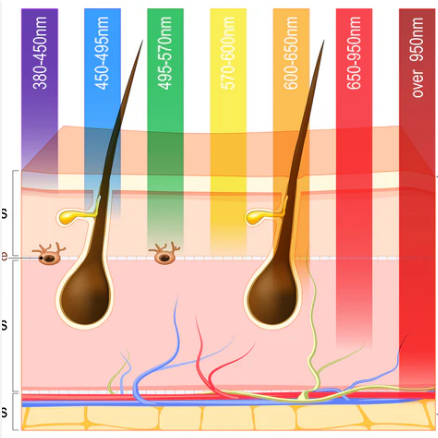
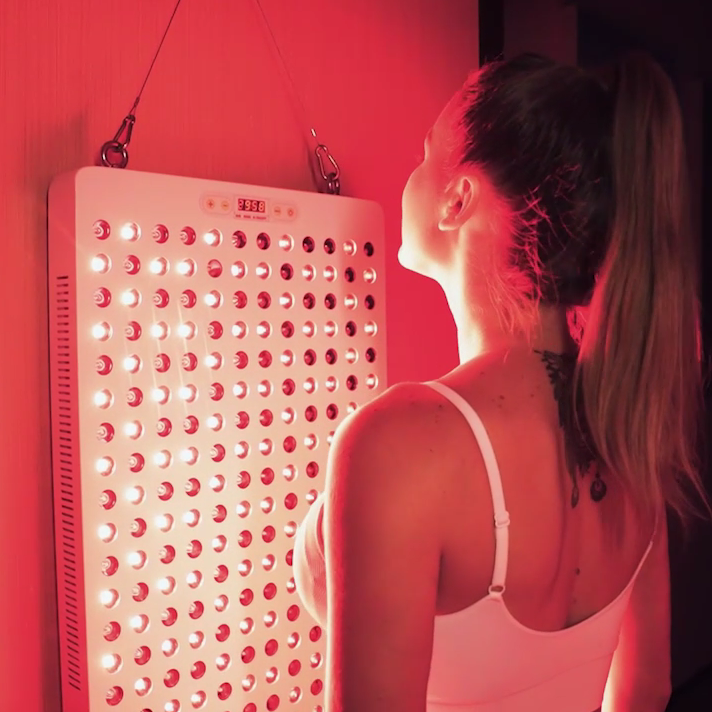

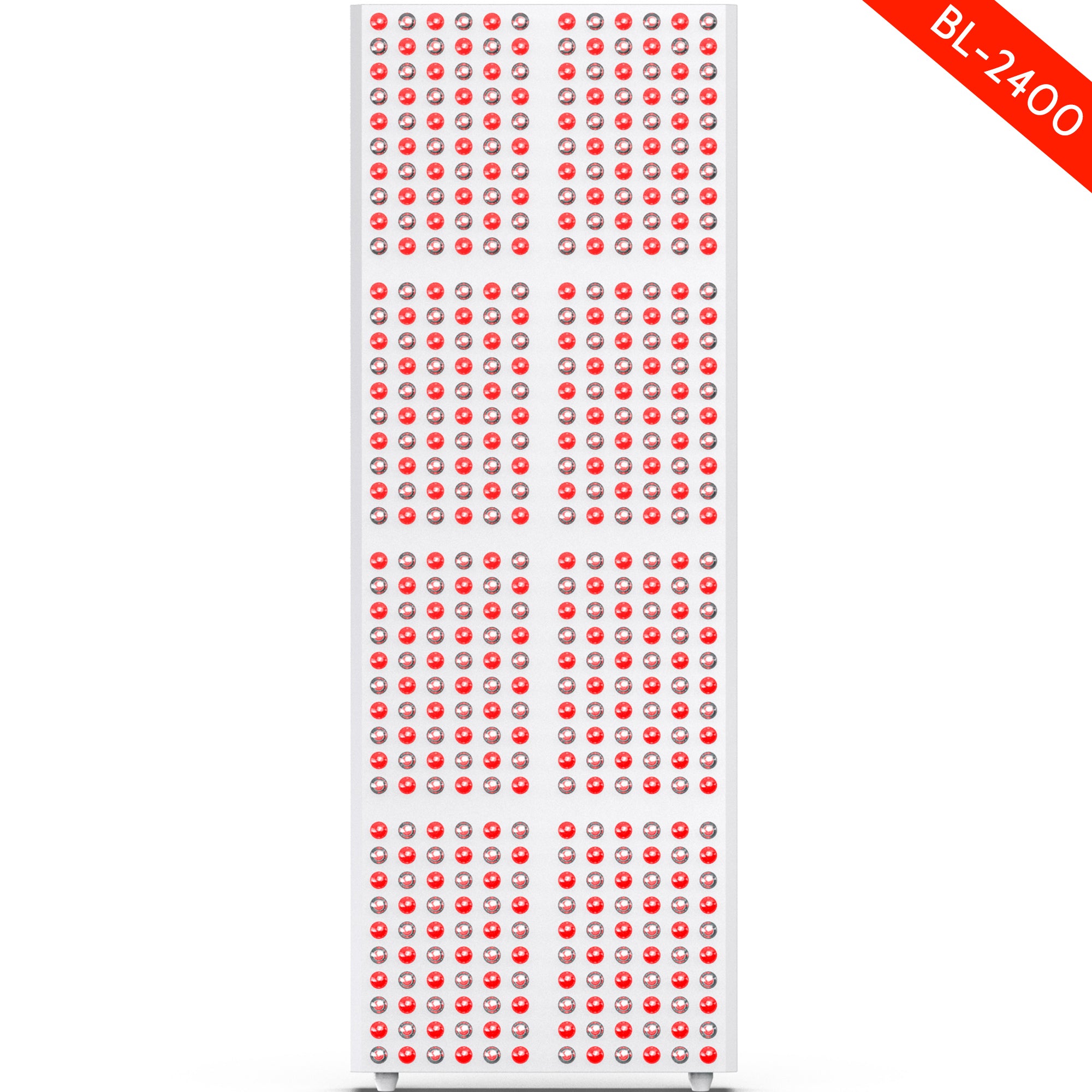
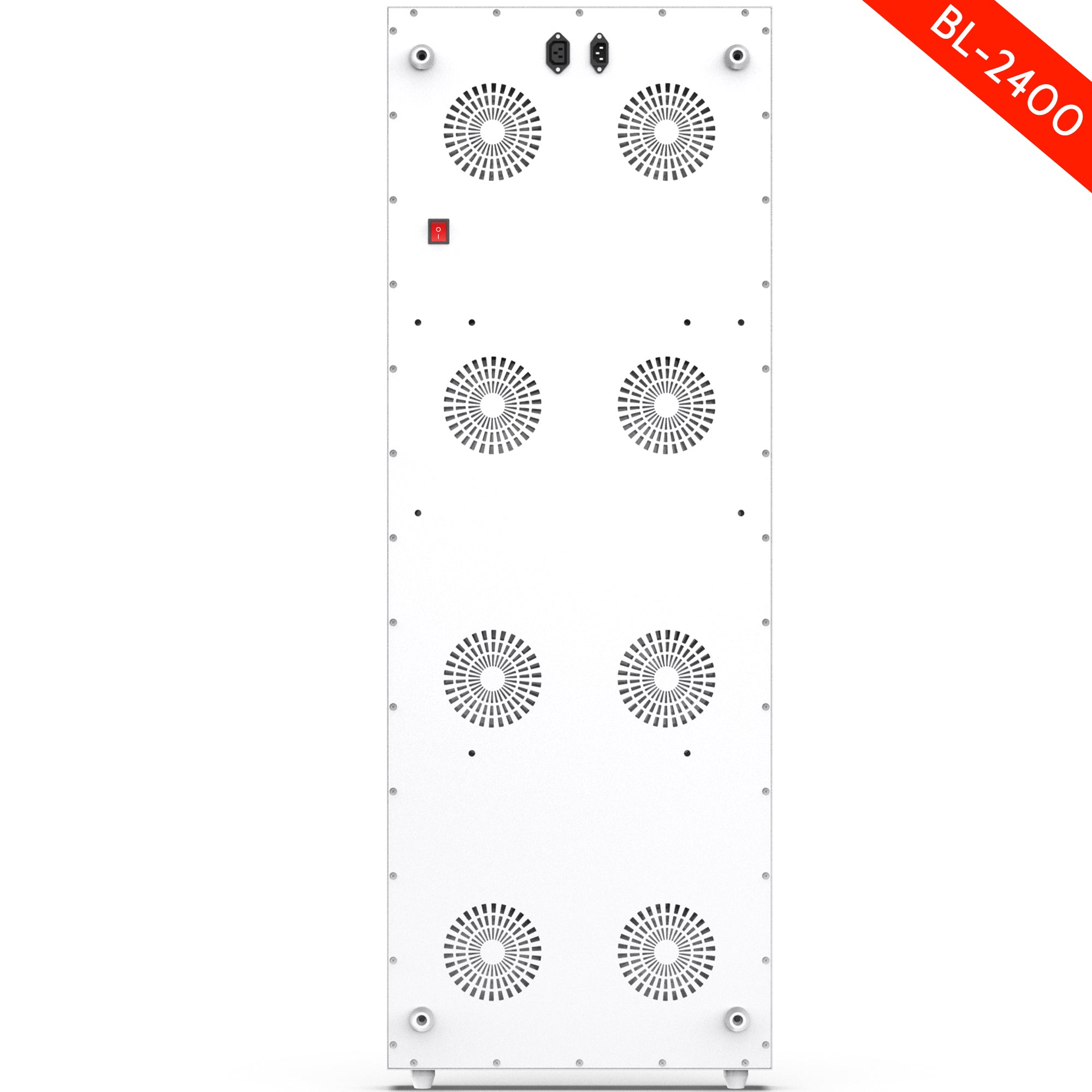
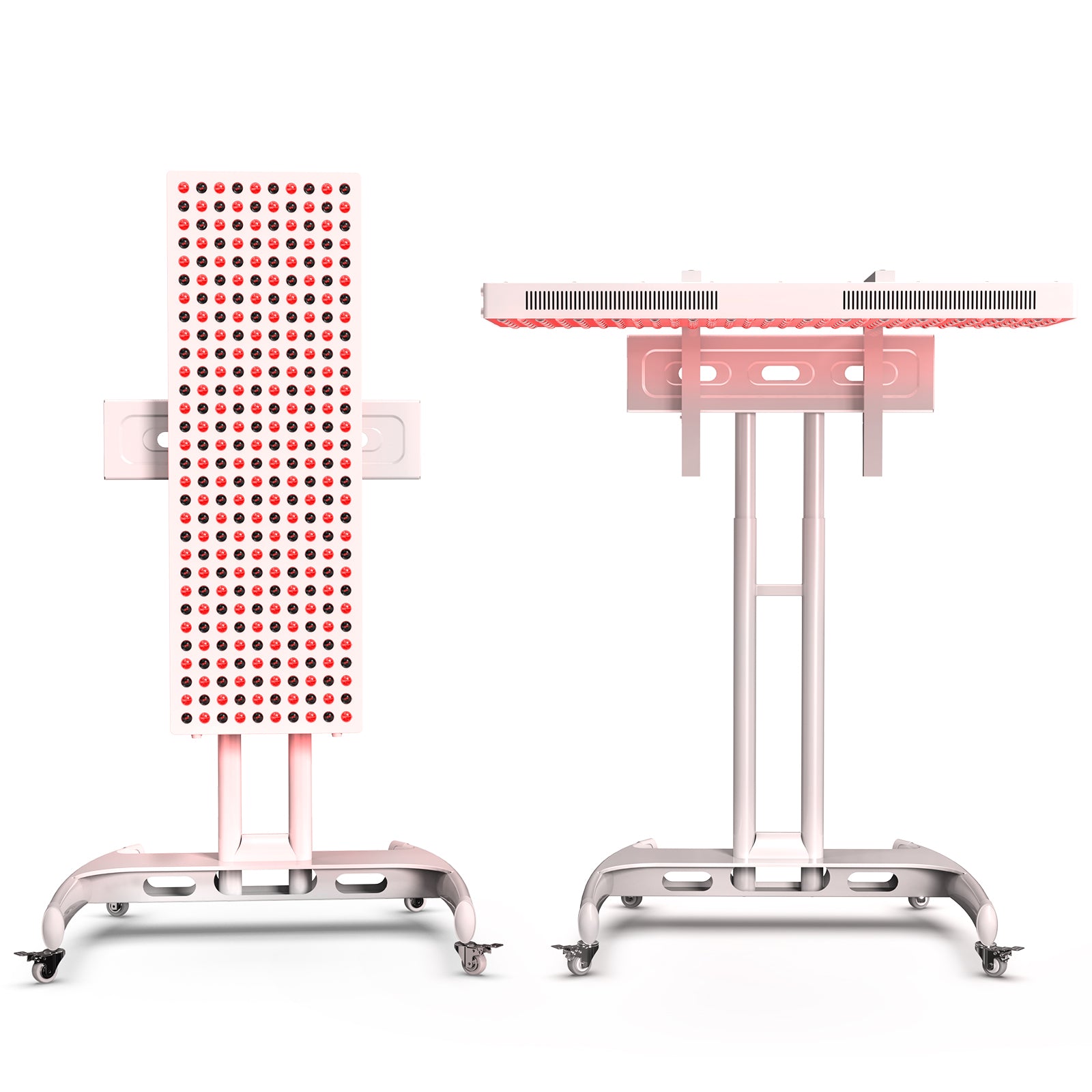
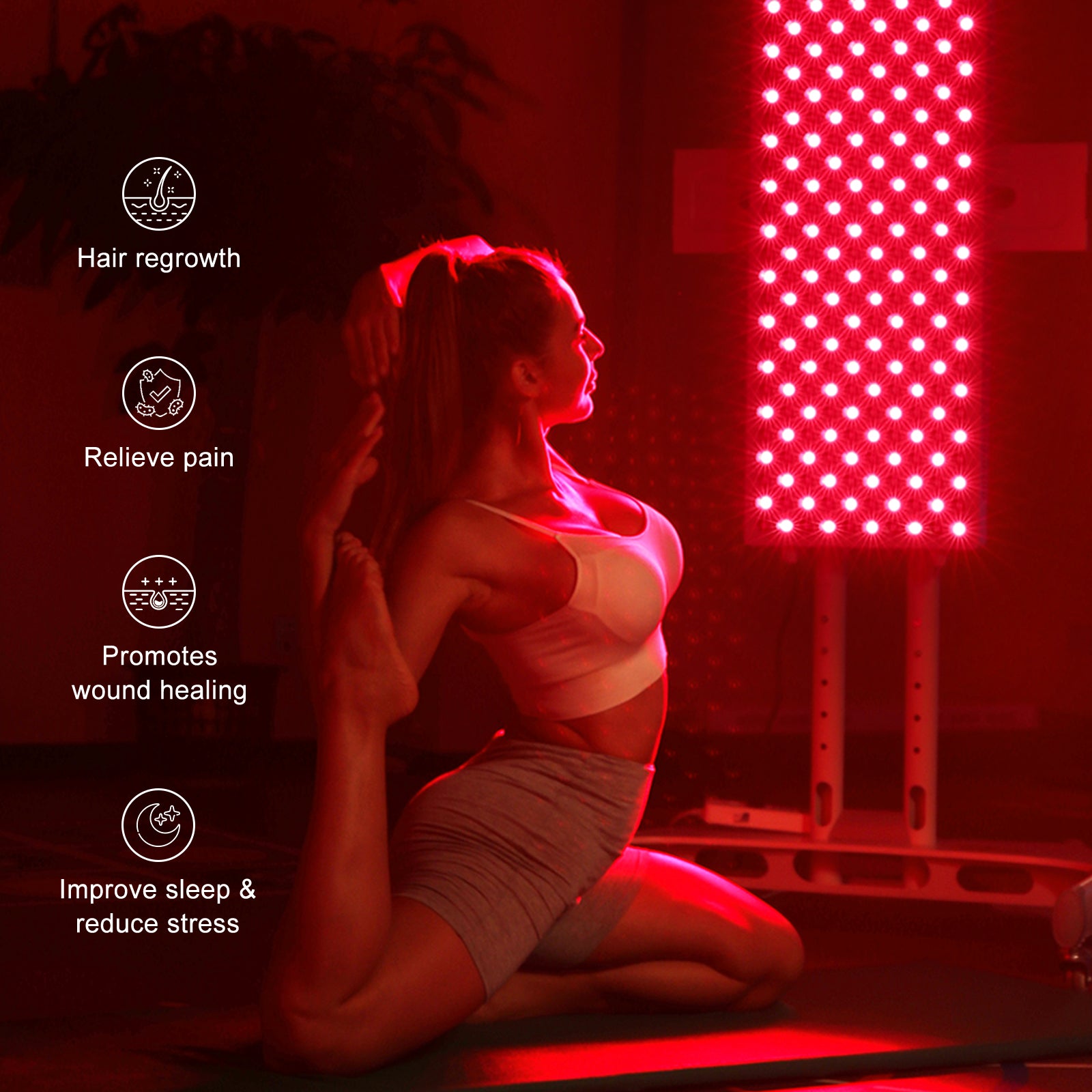
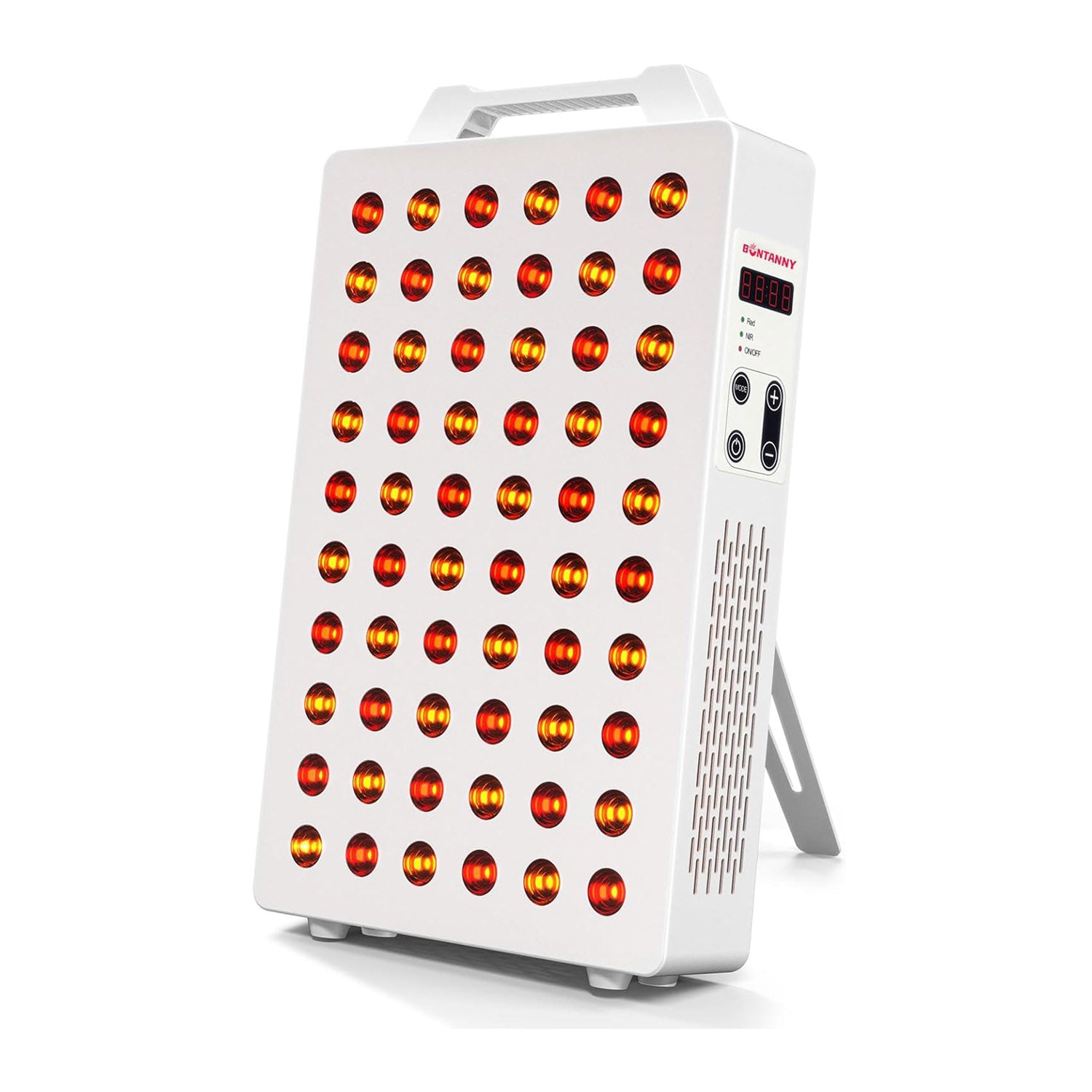
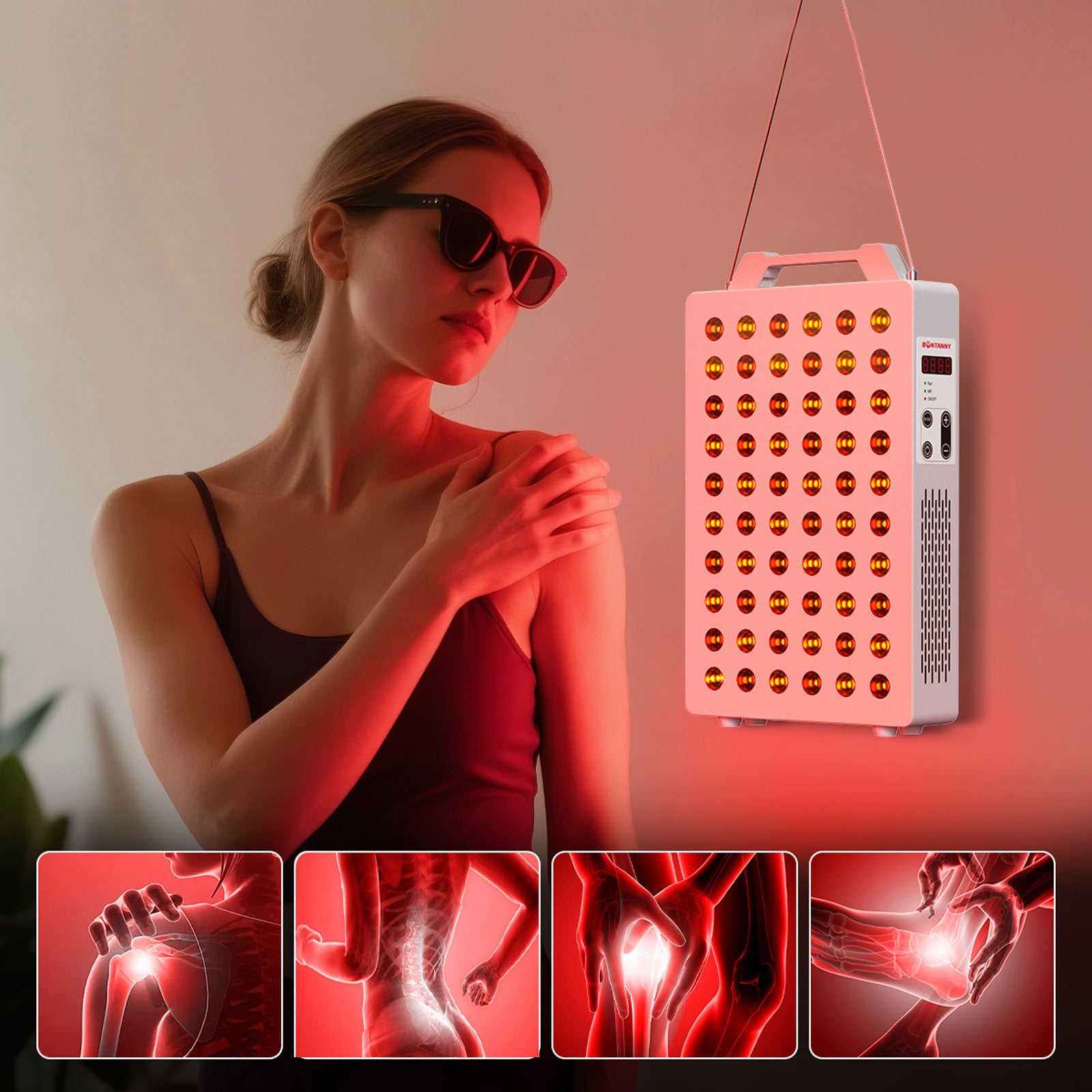
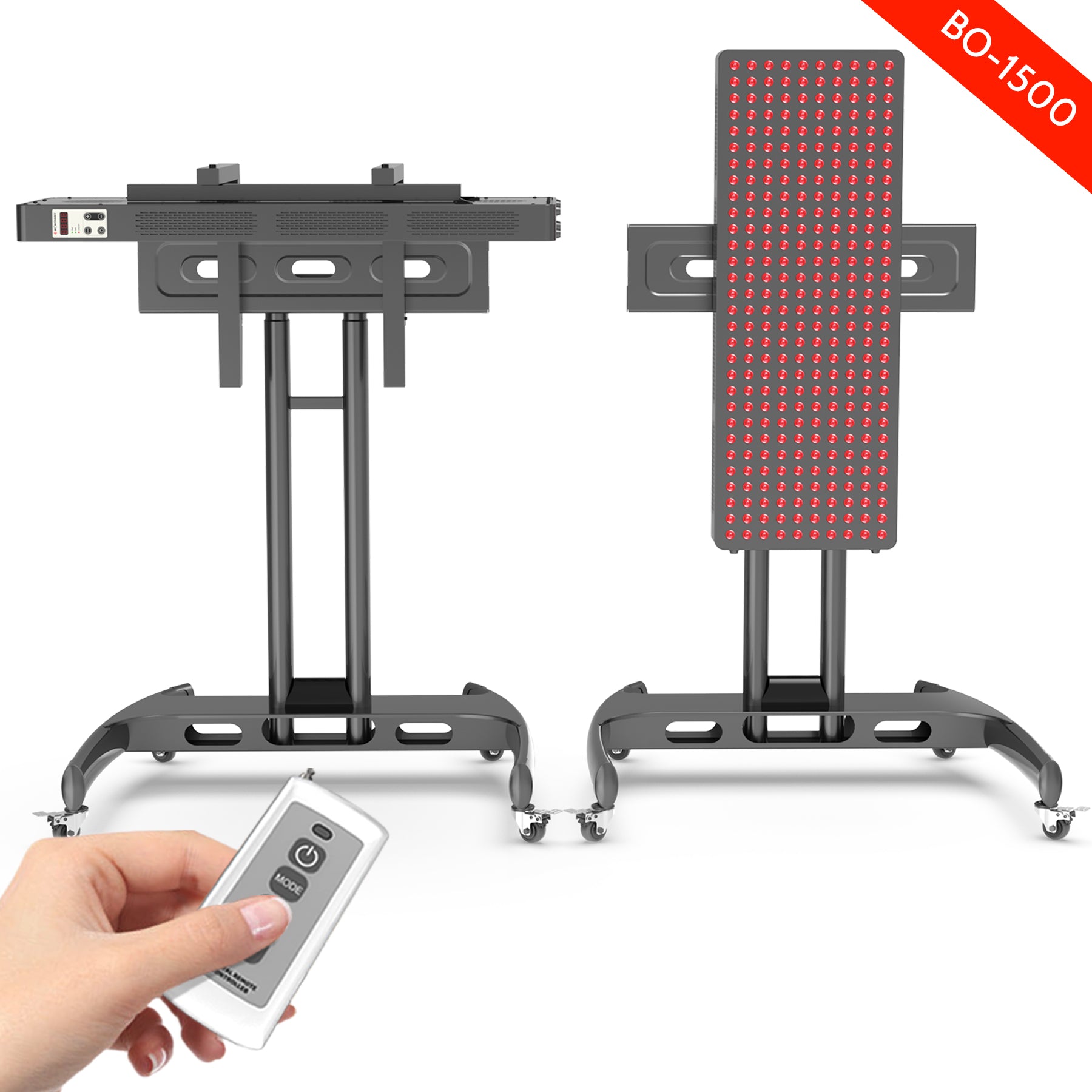

Leave a comment
This site is protected by hCaptcha and the hCaptcha Privacy Policy and Terms of Service apply.